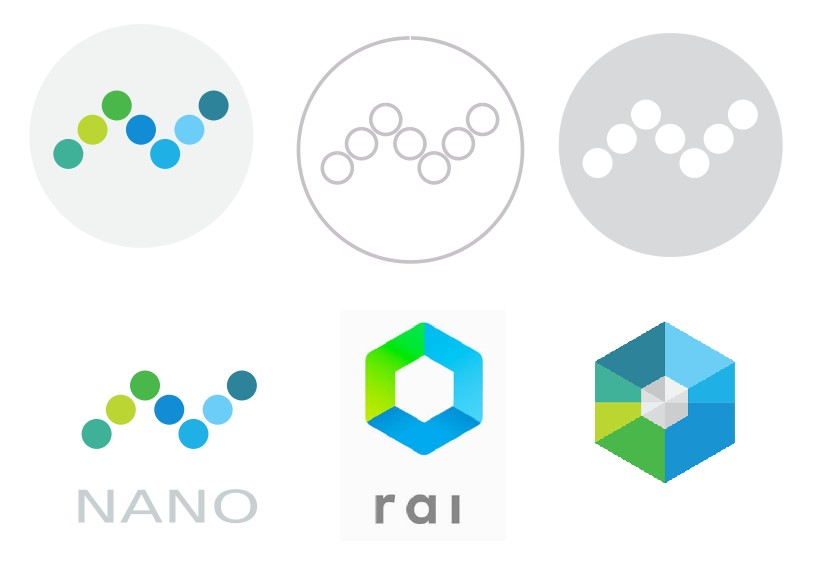Nano the good money
digital currency that gives solutions

The cryptocurrency showed a significant increase in its prices at the end of this month. Today, of the top 50 is the one that rose by a greater percentage. Its creators say that the main feature of this currency is that it offers greater scalability than Bitcoin, and also its users do not need to pay commissions for the transfer of assets.
Although February has been a very bad month for the ecosystem of cryptocurrencies, since a series of events led the vast majority of digital currencies to record large decreases in their prices, there have been some that have been able to overcome in a positive way these scenarios, capitalizing large amounts of money amid the chaos and registering a quite striking increase in their prices.
This seems to be the case of Nano, a digital currency with a sufficiently interesting structural proposal, that in spite of having seen its best moment at the beginning of this year, in the last days it has doubled its value after coming down due to the event , which affected the vast majority of digital currencies.
Some data about the digital currency
Nano (NANO) formerly RaiBlocks is a digital currency that made its official entry into the markets from the beginning of March 2017, however the project of this currency originally dates from 2015, when it was driven by Colin LeMahieu under the name of RaiBlocks.
According to information published on its official website, this digital currency was designed specifically to operate as currency for the acquisition of products and services through a P2P (Peer-to-Peer) system, which offers almost instantaneous payments without the need to use of many technological resources, guaranteeing even greater functionality and effectiveness than other digital currencies like Bitcoin.
Among the properties offered is the fact that the transactions do not handle commissions, so that users can make their payments without being discounted an additional amount by the operation. This is possible because the network does not operate with the help of miners, so the cost of operations are directly between issuers and receivers, leaving the responsibility in the latter to sign the corresponding blocks confirming the funds received.
The proposal is quite interesting since each person operates a kind of own Blockchain, and to achieve this, each transaction is made in a single block and is not processed by PoW (Proof-of-Work) or PoS (Proof-of-Stake) protocols. ). Only a small PoW implementation is required so that the issuers of the transactions avoid storing spam when making the transfers, and a PoS variant in case of any conflict within the network that implies a kind of moderation. Under normal conditions, the network does not require third parties to validate the transactions carried out.
The operations performed are processed in a matter of seconds, or as fast as the network allows. In case of any type of conflict in the transaction, the validators used by the network resolve the issue in less than one minute. Therefore, the network does not present scalability problems since it can process 1,000 times more transactions per second than Bitcoin.
According to information published in the founding document of Nano, only a total of 133,248,290 units of the digital currency will be produced, which are already in circulation today.
Those interested in trading with this digital currency can do so primarily through Binance, KuCoin and OKEx, the three exchange platforms that bring together the largest volume of digital currency transactions.
Although there are several purses in the market, the most recommended for the currency is Nano Wallet, which has versions for mobile devices (Android and iOS) and desktop (Windows, Linux, MacOS). The software can be downloaded through the website of the digital currency.
I hope this post will help you understand more of the cryptocurrencies.
credits:"diariobitcoin"

Ethereum, neo, eos, tron, steem